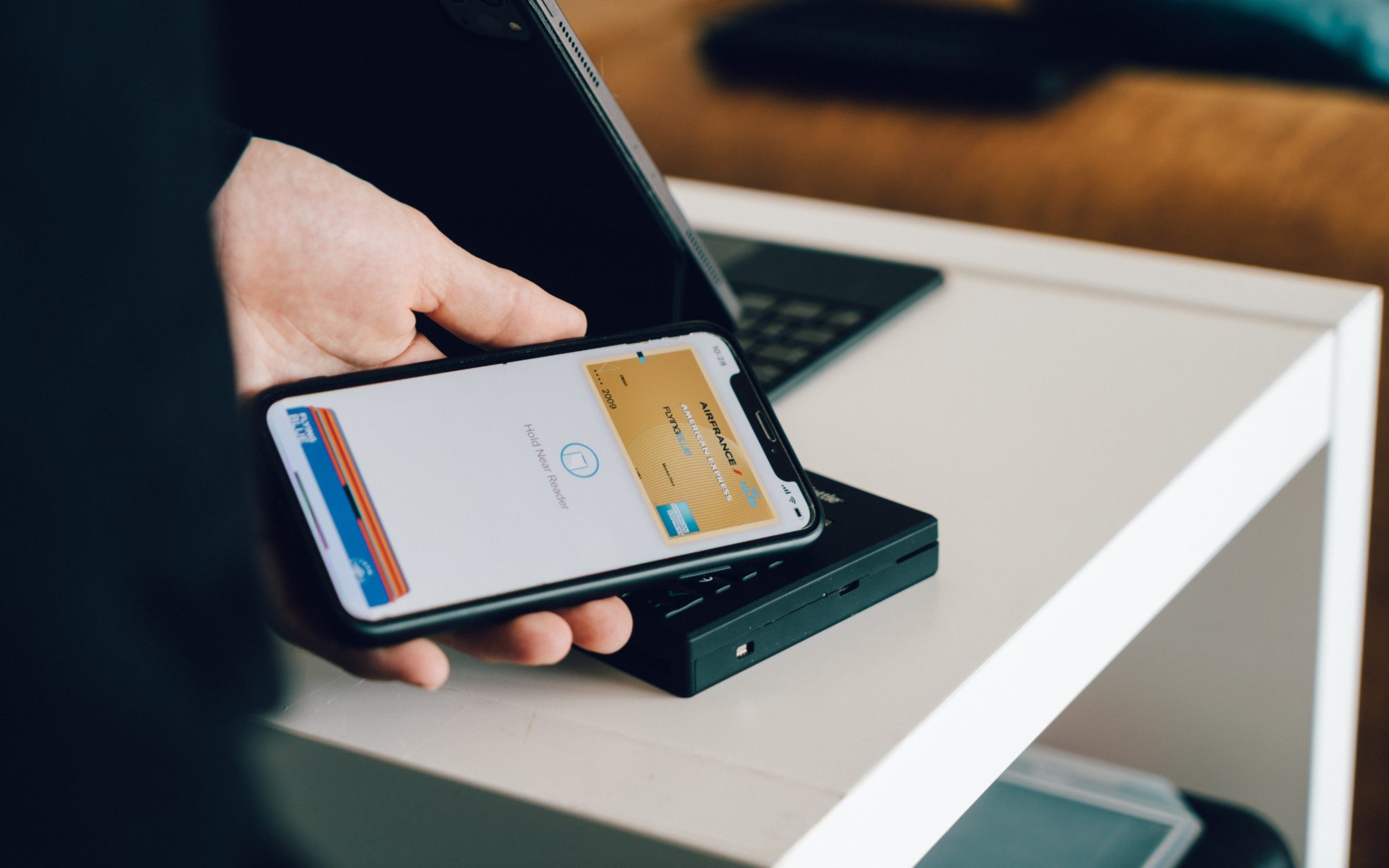For aspiring entrepreneurs eager to enter the retail industry, a great way to get started can be opening your own thrift store. Second-hand and consignment stores are perfect for retailers who can’t or don’t want to deal with the hassle of ordering merchandise and inventory. And people always have things they’re looking to get rid of.
If the thought of opening your own thrift store seems daunting, don’t be discouraged. Here are the 5 simple steps to open a thrift store the right way!
How to Successfully Open a Thrift Store
- Determine your business model
- Find the perfect location
- Buy merchandise from local consumers
- Purchase racks, fixtures, and POS software
- Develop a marketing plan
Step 1: Determine Your Thrift Store Business Model
Many locally-owned thrift stores and national thrift store chains are associated with some charity organizations. These thrift stores will take donated merchandise and then donate a percentage of their profits to the affiliated charity. Outside of the big-name nonprofit chain thrift stores, most thrift stores are run for profit.
When you open a thrift store, you’ll need to decide whether you want to be affiliated with a charity, in which case you can solicit donated merchandise in exchange for giving a percentage of your earnings to the charity of your choice.
Keep in mind that partnering with charitable organizations as a for-profit business will require additional legal steps.
Another option is to buy used merchandise from the public. This system can work in a few ways: There is the consignment model, the traditional model, or a hybrid of the two.
- Consignment model: You would sell merchandise on behalf of consumers, take a portion of the profit, and send the money to the consumer after the item has sold.
- Traditional model: You would buy merchandise from consumers and then sell it for a mark-up.
- Hybrid: This model would allow you to buy merchandise from consumers and fill your store with inventory, while also accessing new inventory through consignment deals without having to spend any of your purchase budget.
Step 2: Find the Perfect Location
As with any business, location matters. Choosing the right storefront for your thrift store is important. People might not go out of their way to stop at a thrift store, but if your business is located in a busy hub surrounded by nearby businesses, foot traffic is going to be much more reliable.
Keep an eye out for storefronts with plentiful sidewalk space in front so you can showcase your inventory outside during warmer months. And a building with lots of natural light will help keep your space feeling fresh and inviting.
You’ll also need space for inventory storage in the back, and consider offering fitting rooms if you plan to sell clothes. Also, parking might be important to your customers, and assigning a dedicated space for drop-offs can be a great way to accommodate your sellers.
Step 3: Buy Merchandise from Local Consumers to Fill Your Thrift Store
Once you’ve settled on a business model, the next step is to get your hands on the merchandise you’ll be selling to the public once you open your doors.
Starting small is a safe way to avoid buying inventory you can’t sell. Be sure you’ve decided on a strategy and direction for your thrift store. And branding is just as important for a thrift store as it is for any other retailer. Determine who your target audience is, for both buyers and sellers as they may differ.
Then the next step is to get the word out that your thrift store is buying used items. Knowing your audience will be critical here because you’ll want to invest in an advertising campaign and your audience will determine which advertising platforms will be most effective.
A good rule of thumb for when to start advertising that you’re buying merchandise is 6-8 weeks before you plan to open the thrift store. Of course, you’ll also need to determine your budget for that initial inventory purchase and a general pricing structure for items you’ll be looking to buy.
Step 4: Purchase Racks, Fixtures, and Equipment
Now you’ll need somewhere to display all that inventory you’ve purchased. But don’t rush out and buy all your racks and fixtures brand new. You can often find these things at liquidation sales and online marketplaces.
Pinching pennies and buying up the racks and display furniture the budget-friendly route will leave more room in your budget to invest in the hardware and software you need to run your business efficiently.
POS software for thrift stores is specifically designed to manage the heterogeneous inventory and pricing structure that is unique to second-hand retailers. Rather than managing inventory the old-fashioned way, you can put state-of-the-art software to work managing it for you.
Step 5: Develop a Long-Term Marketing Plan
Once you have your initial inventory and tentative open date, you’ll want to plan out your marketing strategy for your thrift store.
First, you should plan your marketing strategy for the opening of your thrift store. You could start with a soft open with friends and family, and then open to the public shortly thereafter. That soft open will let you work out any kinks in the sales process and solicit feedback on your inventory selection and visual merchandising strategy.
Once you’ve settled on those dates, you need to spread the word. Make an event out of your opening day. You could have it catered or partner with a local food truck to entice people to come by. Reach out to local media outlets, buy digital ads, and harness the power of social media.
Once you’ve got your marketing strategy for your grand opening figured out, make a plan for how you’ll advertise your business to both buyers and sellers. While you want a steady stream of people shopping your inventory, you also need to ensure you have new products coming in continuously.
Best POS Software for Thrift Stores
The best POS systems for thrift stores will bring many benefits to help you run a successful business. Software designed specifically for thrift stores should provide:
- Smart pricing
- Loyalty programs
- Mobility
- Streamlined operations
- Increased revenue
NCR Counterpoint’s thrift store POS system offers all the features you could need to take your thrift store to the next level. It’s cost-effective, user-friendly, capable of managing high business volume, and thrift store specific.
We offer a comprehensive thrift store POS system that allows you to catalog products, train your team, monitor operations, track customer purchases, and review transactions. NCR Counterpoint powered by RCS simplifies your operations and helps you increase your revenue quickly and efficiently. RCS is that #1 NCR Counterpoint provider and thrift stores around North America have used our thrift store POS to increase sales, donations, and customer loyalty at their stores. To learn more about how our top thrift store POS can help your store, request your free demo today!



